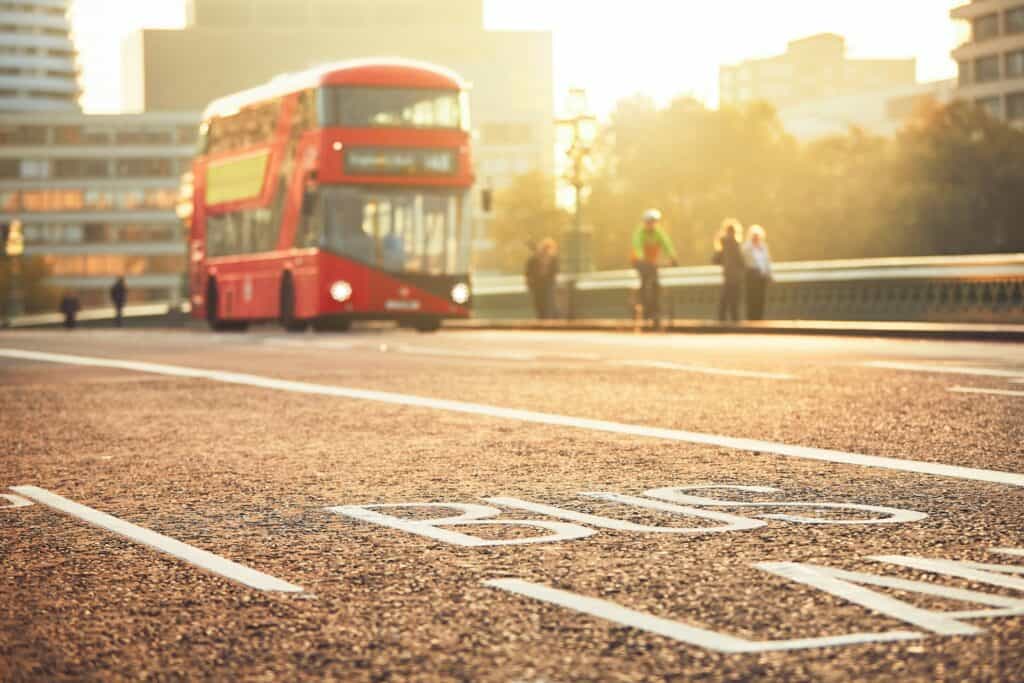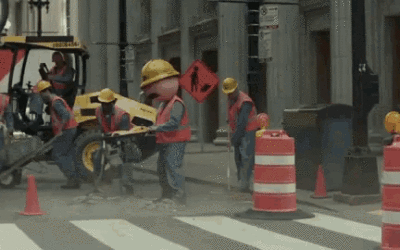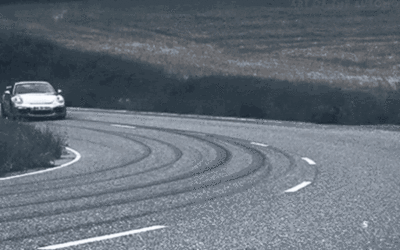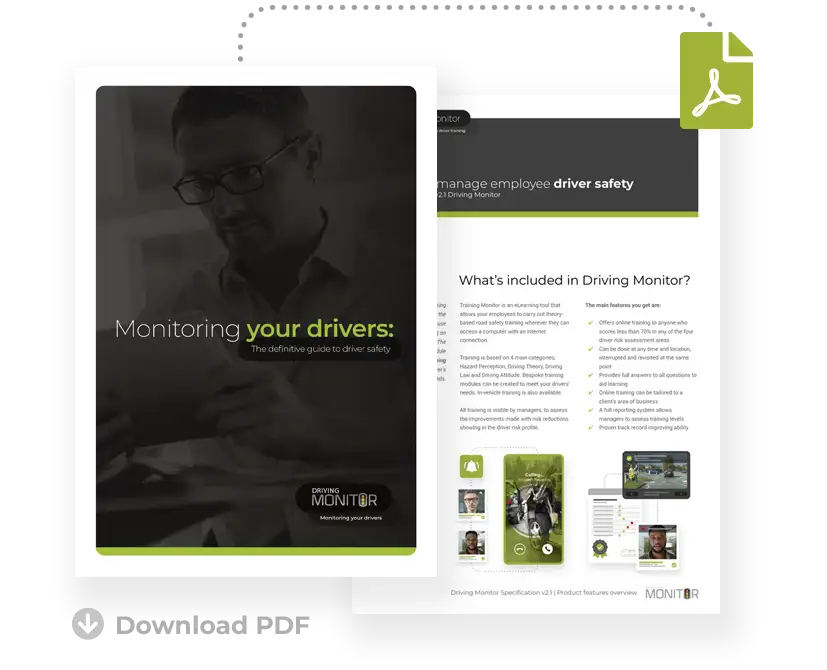Local Authority Penalty Charge Notices Could Be Changing…

As the government looks to restrict local authorities from issuing fixed penalty charge notices (PCNs) for traffic contraventions, they’re calling for evidence.
That means that they’re looking for evidence from local councils, motorists, motoring organisations and members of the public on their experiences around PCNs and how they’re enforced by local authorities.
The deadline for the call to evidence is 25th May as the Department for Transport (DfT) looks to progress any potential decisions on policies moving forwards.
Specifically, they’re interested in how councils are able to issue PCNs for moving traffic restrictions such as no entry, no left or right turn, prohibited vehicles, unlawful entry into box junctions and entering cycle lanes.
Will Councils Lose Their Ability To Issue PCNs?
While lots of noise has been made around restricting councils and local authorities in their ability to issue PCNs, it’s not yet clear what the evidence will inform the government of.
In fact, there’s yet to be any meaningful debate or consideration over what it means for local authorities and motorists in the future.
But as the government looks to gather information, it’s clear that they’re keen on ensuring PCNs are issued proportionally and not simply as a cash-grab by local authorities.
The positives of their ability to issue fines for offences is clear – it frees up police time and reduces traffic congestion as a deterrent. The DfT has concerns around the increasing frequency in which PCNs are issued after the issue was raised by motorists and motoring organisations, though.
That’s because with more cameras and technology being deployed, more drivers than ever are being issued with fines for various motoring offences.
It follows news in recent months about drivers being concerned about how yellow box junctions are administered. With many drivers believing that a lot of yellow box junctions are either poorly designed or oversized for the area they sit in and the level of traffic congestion.
Yellow box junctions are designed to stop drivers from idling at crossroads where they could invertedly cause traffic jams by sitting in the middle of the crossroad.
While many junctions have designated boxes to queue when turning right, some don’t allow for it due to the design of traffic flow.
And the issue can become more severe in heavy traffic if vehicles traveling straight on sit in the middle of the crossroads, leaving other road users unable to pass them even in a green light.
That’s just one issue that the report will be looking at once all the evidence has been gathered.
What Would A Change In Local Authority Powers Around PCNs mean?
It’s not yet clear whether the government would advocate for local authorities to have less powers around issuing PCNs or what that would mean for the issuing of fines in general.
Part of the issue is that the options would be either to not fine motorists for the offences or put the responsibility back onto police to issue fines.
Given that local authorities took up the responsibility due to the police not having the sufficient workforce to enforce traffic offences at a meaningful level, that would require a significant rise in policing levels to effectively administer…
And that could be a costly policy for the government to wave through.
What do you think about potential changes to how PCNs are issued? Should fewer fines be issued, or do you think the onus needs to be on the police rather than local authorities? Let us know in the comments below…










